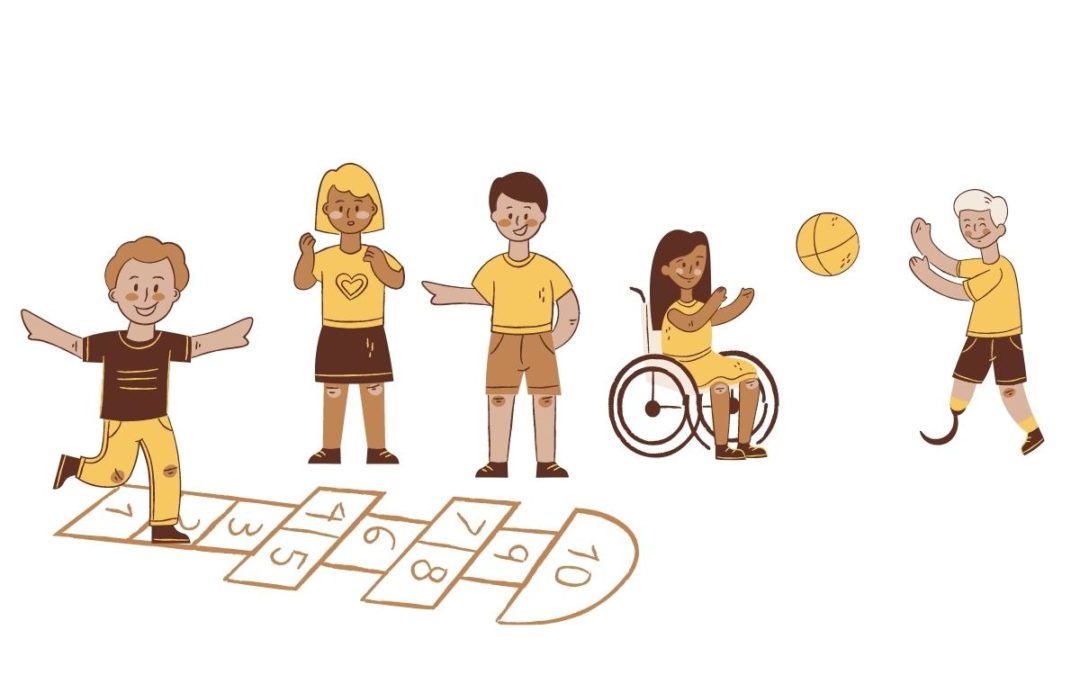Infertility basics were the focus of Health Matters in the January/February 2004 issue of San Antonio Woman. In this edition, we continue our exploration of the subject through the perspective of someone who experienced the challenge first-hand.
For some couples, choosing to start a family and then having children seems to happen without the slightest wrinkle in their familial fabric. Of course, real life is rarely lived honestly in the light of day for everyone to touch and feel. We are programmed to go through the motions of our daily routines without giving way to the weighty issues we wrestle with in the privacy of our homes.
These social norms make it difficult to openly discuss highly personal and emotional issues such as infertility. Yet there are people like Lesli Hicks who believe sharing their story can help dispel the myths, eliminate the shame and benefit other couples who may be facing similar challenges.
Lesli and her husband dated for four years before getting married in 1988. “Neither of us was far out of college, and we felt like we had some time to play,” she says. They started trying to conceive in 1990.
After two years with no results, they decided to consult a doctor. Lesli was 29. “While we didn’t start focusing on getting pregnant until around two years after we got married, I was not on birth control the entire time. That should have signaled something to us, but we weren’t thinking about it at the time,” she says. The first doctor they saw didn’t have the best bedside manner. They started tracking Lesli’s cycle by taking her temperature. She also went on a fertility drug called Clomid. “I started having back pain, something the pharmacist had warned me to watch for,” she remembers. “I told my doctor, but he didn’t check into it. That incident, combined with his dismissive manner, made me think it was time to find a new doctor.”
Her gut feeling turned out to be fortuitous. “The second OB/GYN found endometrial cysts that were at risk of bursting and, potentially, killing me, if not caught in time,” she says.
After two laparoscopic surgeries to curb endometriosis, a common disease that causes scarring of the fallopian tubes and ovaries, their prospects looked good. From there her second doctor referred Lesli and her husband to a fertility specialist. With the third doctor, they went through three insemination procedures during which the sperm is treated in a laboratory, then placed in the woman to fertilize the egg. The procedure takes only a few minutes.
Lesli remembers all the attending shots that went before and after the inseminations. At the time, the treatments cost roughly $3,000 each per cycle. The couple dipped into savings and even charged one procedure costing $8,000. “For all that, my body didn’t even respond to that one,” she says. “That’s when I told my husband that I — we — had to stop.”
After they ended treatments in the mid-1990s, they spent two years talking about whether they still wanted to be parents, since a biological child seemed elusive. “We went to see a psychologist who specialized in talking to couples coping with infertility. We saw her three times, and it really helped us explore our feelings about adoption,” says Lesli.
As the couple weighed options in 1997, it was a presentation at Lesli’s workplace, USAA, which solidified their plan to adopt. “The president of USAA at that time, General Bob Herres, was a proponent of adoption,” she recalls. “He arranged to have a number of agencies come in and talk about their programs. When the panel spoke of the need for placements from Mexico and China, it touched our hearts.”
The idea of diversity appealed to the couple since their own familial backgrounds were a kaleidoscope of ancestry. “The more we thought about the so-called ‘lost daughters of China’ — the girls comprising 90 percent of that country’s orphans — the more we focused on that part of the globe. We talked about it off and on, then in 1999 decided to submit our application and a thick dossier showing we cleared international and domestic security checks, had long-time references and were suitable matches,” she says.
As the months passed, the couple picked out clothes and toys for their would-be daughter and transformed a guestroom into a baby’s room. They flew to China in February 2000 to complete the adoption. Joy Yandanping was 10 months old and weighed 16 pounds when they first held her, and her tiny arms flopped, apparently because of a lack of exercise and Vitamin D.
“We fell passionately in love,” says the proud mother of “Miss Joy,” now 4 1/2 years old, who weighs 36 pounds and attends Montessori School International near the Medical Center the couple once frequented. “The generous adoption credit from USAA helped after we returned,” says Lesli. “At the time, adopting Joy cost between $15,000 and $17,000. USAA’s help was a godsend; otherwise, we would have had to get a bank loan.”
Sharing such personal information might make many of us pause, but Lesli has no qualms about telling the family’s story. “Had we not gone through this experience, we could not have reached the certainty of our decision to adopt. As a result, Joy knows she was truly, truly wanted,” she says. “Knowing there are as many different outcomes to infertility as there are people with the problem might help another woman or couple be hopeful in navigating their own situation. Our message is, if infertility treatments are not successful, the outcome literally can be Joy-ous!”
Infertility is different for each couple facing it. In the last decade, health care providers have made great strides in the ability to diagnose and treat infertility. According to RESOLVE, a nonprofit organization dedicated to providing education, advocacy and support for couples experiencing infertility, roughly two-thirds of couples who seek medical intervention are able to give birth.
Dr. Joe Martin, a fertility specialist for 16 years, sympathizes with the couple’s experience. “Infertility is a major life challenge,” he says. “At the Fertility Center of San Antonio, we’re very sensitive to the emotional roller coaster that couples experience as we try to diagnose and successfully treat their condition.” Dr. Martin teams with reproductive endocrinologist Dr. Gregory Neal and Dr. Thomas Pool, the center’s embryologist and director of their assisted reproductive technology laboratory, to provide patients with sensitive, thorough care.
“Because infertility is such a delicate issue, it’s vital for couples to find a complete infertility team that will review their history and problems and then present a clear, comprehensive plan of therapy — not one that tries to sell one treatment after another,” says Dr. Joseph Garza, a 21-year veteran in the fertility field and medical director of the Institute for Women’s Health in San Antonio. “We encourage patients to share suggestions and be as informed as possible about this complex issue,” he says. “No matter what the final outcome is, we strive to convert a stressful dilemma to a more comfortable, family-forming effort because we know the experience will shape the future of that family.”
Author: Kelly A. Goff
Photographer: Greg Harrison









0 Comments